In popular culture, Vikings are often portrayed as a homogeneous horde of fierce warriors and seafaring raiders.
However, the reality of Viking society was far more complex and nuanced. Behind the scenes of their epic voyages and battles, the Vikings lived in a hierarchical society with a strict social ladder.
From the mighty jarls who ruled over vast territories to the humble karls who tilled the soil, Viking society was divided into distinct classes that shaped their daily lives, opportunities, and even their sense of identity.
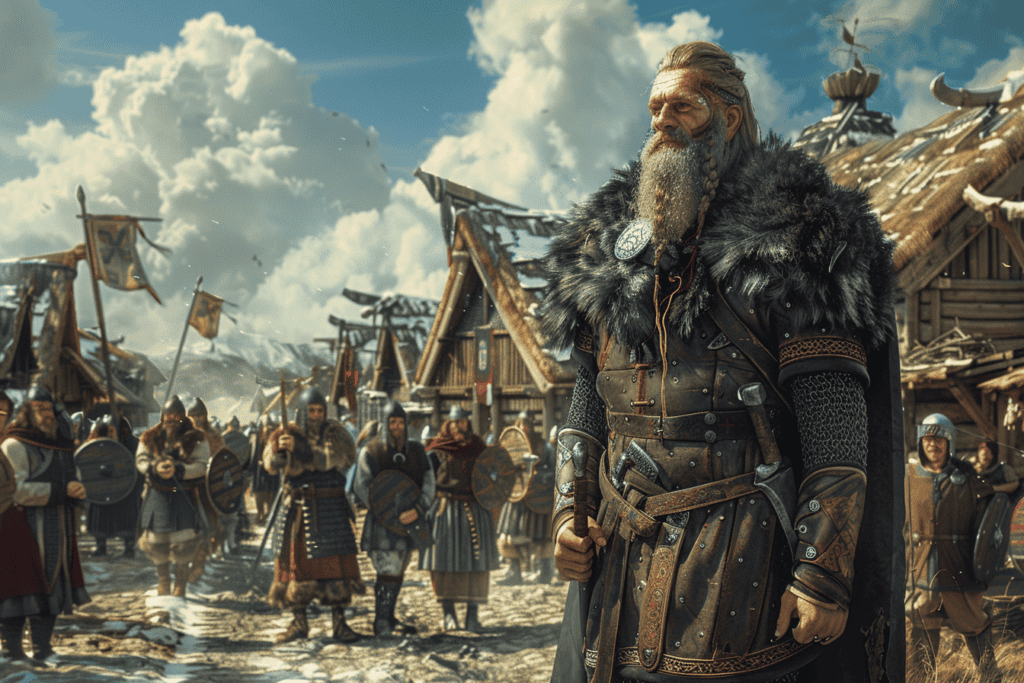
The social class structure of the Vikings consisted of three classes: thrall, karl, and jarl. Thralls were slaves who were owned by their masters and could be bought and sold.
Karls were free men who owned their own land and were farmers, craftsmen, or traders. Jarls were the noble class in Viking society and functioned as local chieftains.
The Ruling Elite: Kings and Jarls
The Viking society was highly stratified, with three ranks or classes which were written directly into Scandinavian mythology.
The highest tier consisted of the ruling elite, which were the kings and jarls. The kings were the apex of power, while the jarls were the nobles and landowners who served as regional rulers.
Kings were the most powerful individuals in the Viking society, and they had total power over the lands they owned as rulers.
They were responsible for maintaining law and order, collecting taxes, and leading their armies in battle. Kings were regarded as semi-divine figures, and their authority was often reinforced by religious rituals and ceremonies.
The jarls were the second-highest tier of the Viking society, and they were the nobles and landowners who served as regional rulers.
They were responsible for maintaining law and order in their territories, collecting taxes, and providing military service to the king. Jarls were often wealthy and powerful, and they were respected for their military prowess and leadership skills.
Earls and chieftains were the third-highest tier of the Viking society, and they were regional rulers who served under the jarls.
They were responsible for maintaining law and order in their territories, collecting taxes, and providing military service to the jarls and the king.
Earls and chieftains were often wealthy and powerful, and they were respected for their military prowess and leadership skills.
Freemen and Professionals: Karls and Craftsmen
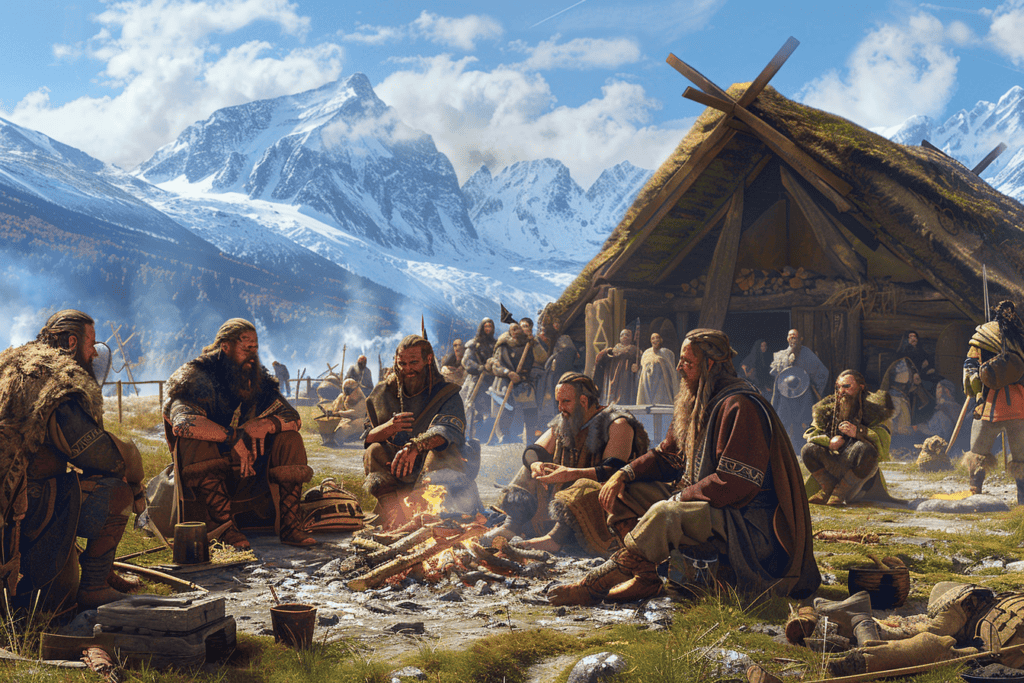
The karls were the backbone of Viking society, comprising the vast majority of freemen.
They were farmers, fishermen, traders, and craftsmen who owned their own land, homes, and tools. Karls were the middle class of Viking society and were respected for their hard work and contributions to their communities.
Karls were free men and women who were not born into noble families. They were the backbone of Viking society, providing the majority of the labor and resources that sustained the community.
Karls were farmers, fishermen, traders, and craftsmen who owned their own land, homes, and tools. They were respected for their hard work and contributions to their communities.
Craftsmen were highly skilled workers who produced goods such as weapons, jewelry, and pottery. They were respected members of Viking society and were often highly paid for their work.
Artisans were also highly skilled workers who produced goods such as textiles, clothing, and household items. They were often women and were highly valued for their contributions to the community.
Farmers and traders were also part of the middle class of Viking society. Farmers were responsible for producing food and other crops that sustained the community, while traders were responsible for bringing in goods from other regions.
Both groups were respected for their contributions to the community and were often highly paid for their work.
Thralls: The Servitude Class
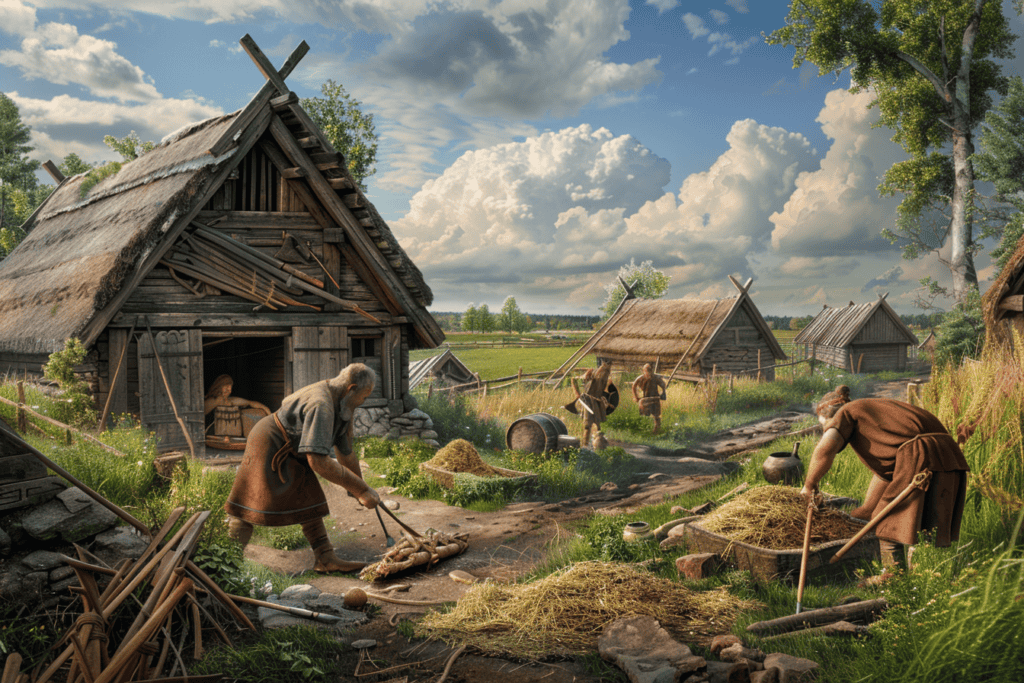
The lowest stratum of Viking society was the thralls, who were slaves. They were considered the property of their owners and had no rights. Thralls were usually prisoners of war, children of slaves, or individuals who were sold into slavery due to debt.
The life of a thrall was harsh and difficult. They were forced to work long hours, usually on farms or in households, performing menial tasks such as cooking, cleaning, and farming. They were often mistreated and abused by their owners, who had complete control over them.
Thralls had no legal rights and could not own property or marry without the permission of their owners. They were also not allowed to carry weapons or participate in any form of combat.
The slave trade was an important part of the Viking economy. Slaves were bought and sold like any other commodity, and the demand for them was high. They were used for a variety of purposes, including labor, concubinage, and sacrifice.
Debt was a common reason for individuals to become thralls. If someone was unable to pay their debts, they could be sold into slavery to repay what they owed. This was a common practice among the Vikings and was considered a legitimate way to settle debts.
Cultural and Religious Influence on Class
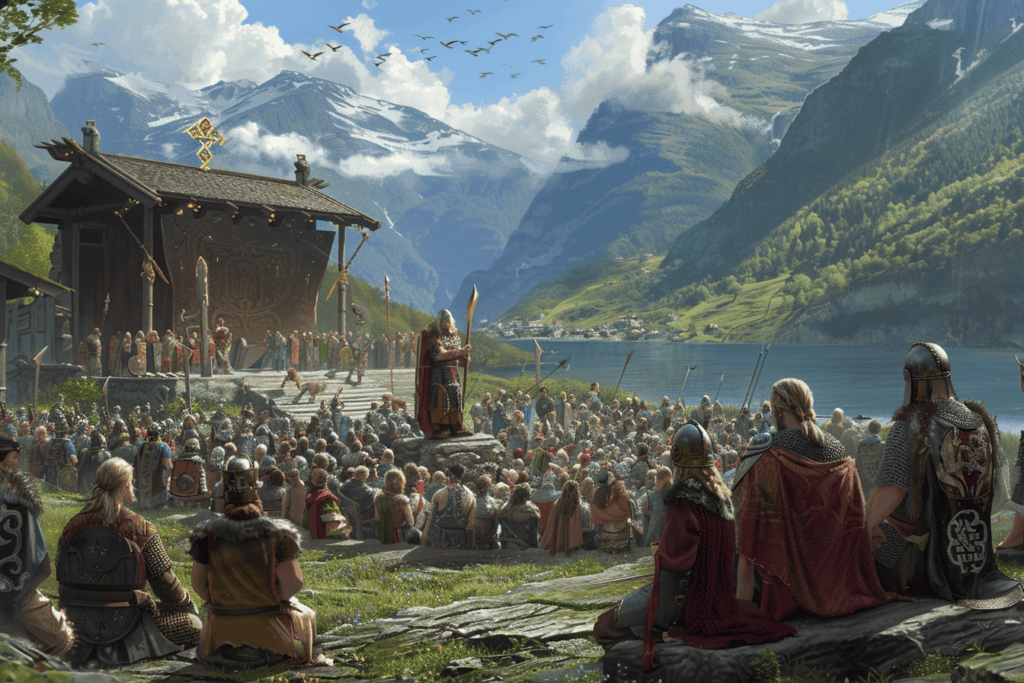
The social structure of Viking society was influenced by cultural and religious factors. The Vikings believed in a hierarchical social order that was determined by the gods.
This belief system was reflected in their laws and customs, which were designed to maintain order and stability within the community.
Norse Beliefs and Social Order
The Vikings believed that their society was structured according to the will of the gods. The gods were believed to have created the world and everything in it, including the social hierarchy. The gods were also believed to be responsible for maintaining the social order and punishing those who violated it.
The social hierarchy was divided into three main classes: the jarls (nobles), the karls (free peasants), and the thralls (slaves). The jarls were at the top of the hierarchy and were responsible for governing their communities. The karls were the middle class and were responsible for farming and other tasks. The thralls were at the bottom of the hierarchy and were responsible for manual labor.
Laws and Rights: The Thing Assembly
The Viking legal system was based on the Thing assembly, a democratic institution responsible for making laws and settling disputes. The Thing assembly was made up of free-born men who were able to attend and participate in the proceedings.
The laws created by the Thing assembly were designed to protect the rights of individuals and maintain order within the community. These laws were enforced by the jarls and their representatives, who were responsible for upholding the law and punishing those who violated it.
Overall, the cultural and religious beliefs of the Vikings played a significant role in shaping their social structure and legal system. The belief in a hierarchical social order and the importance of maintaining order and stability within the community were key factors in the development of the Viking social class structure.

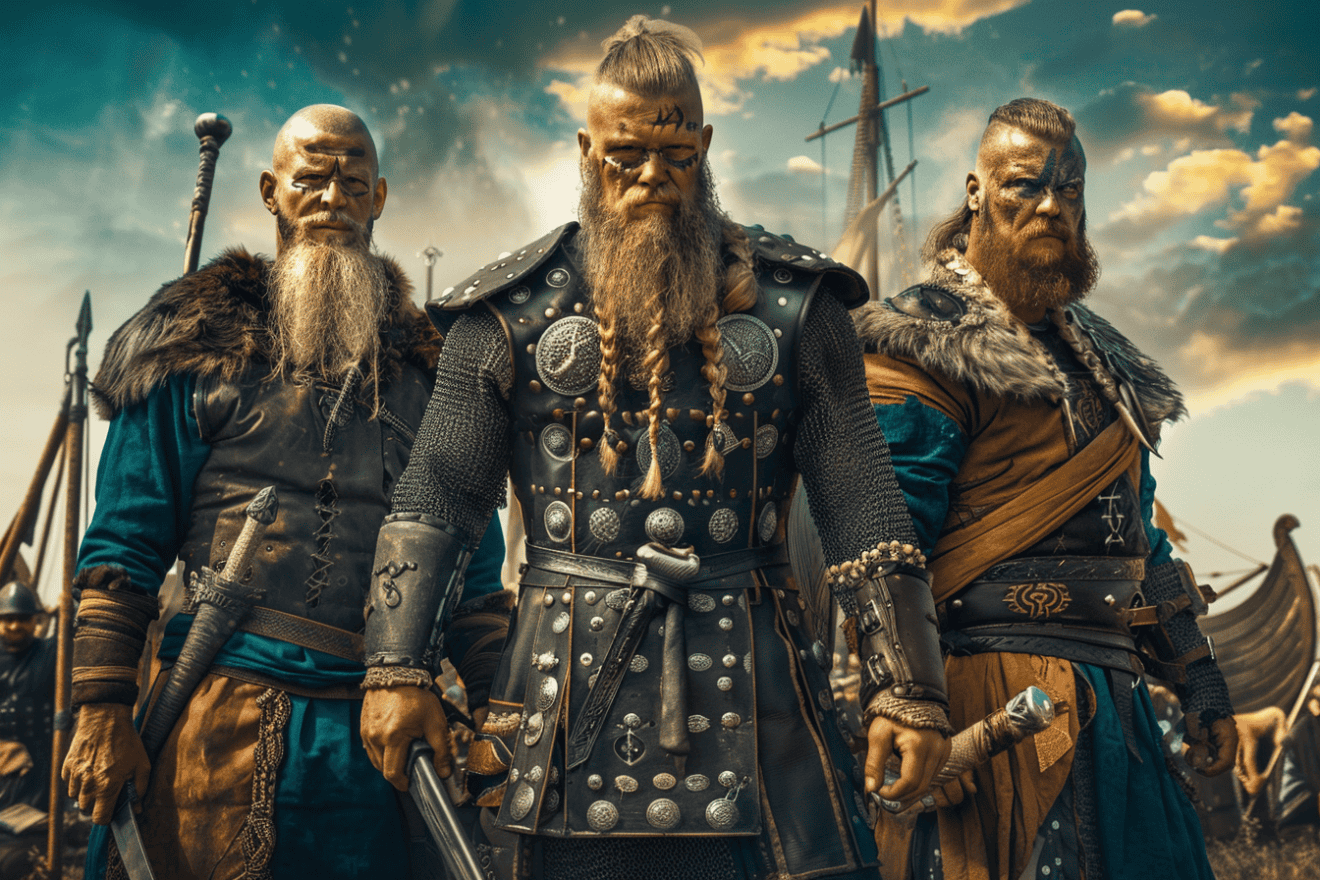
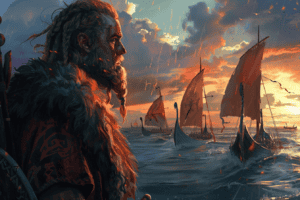
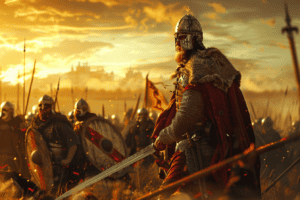
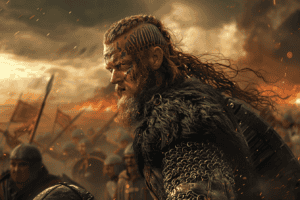





Add Comment